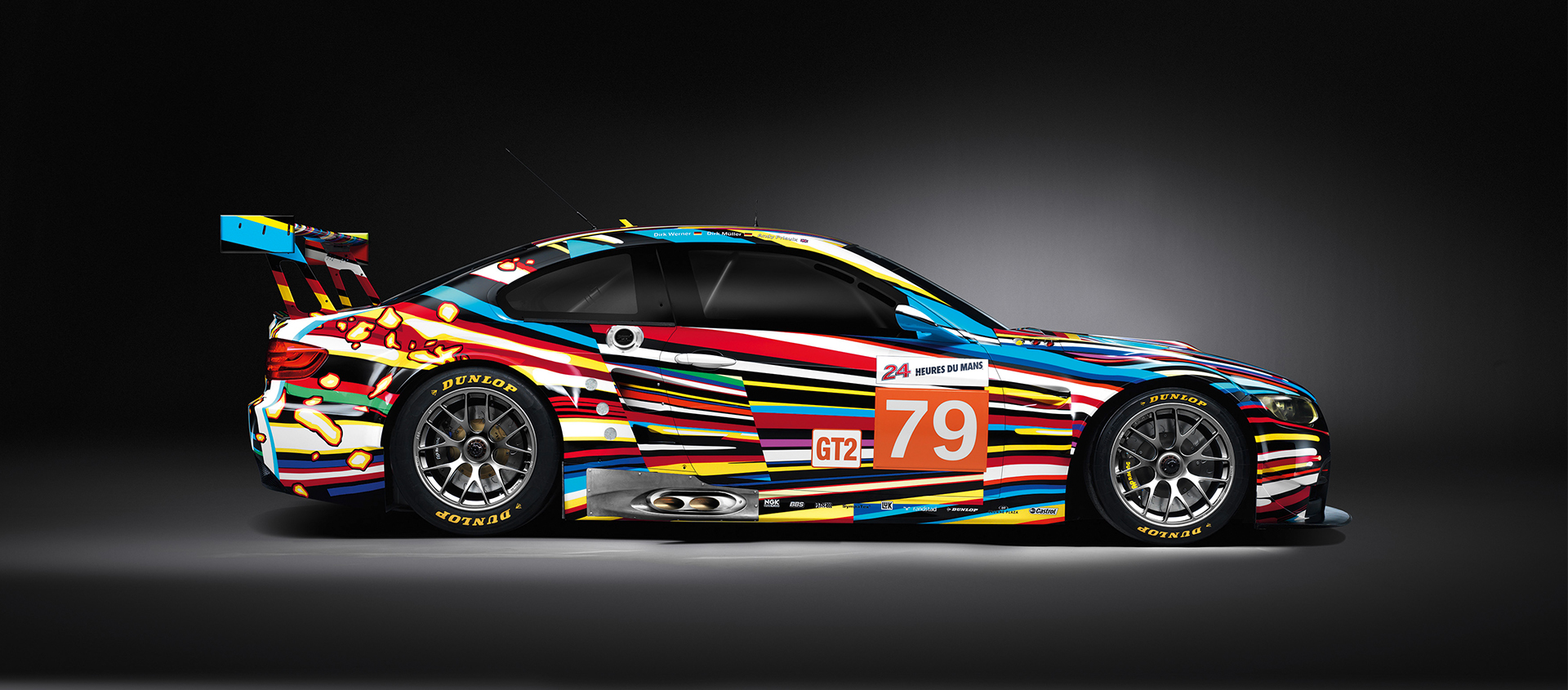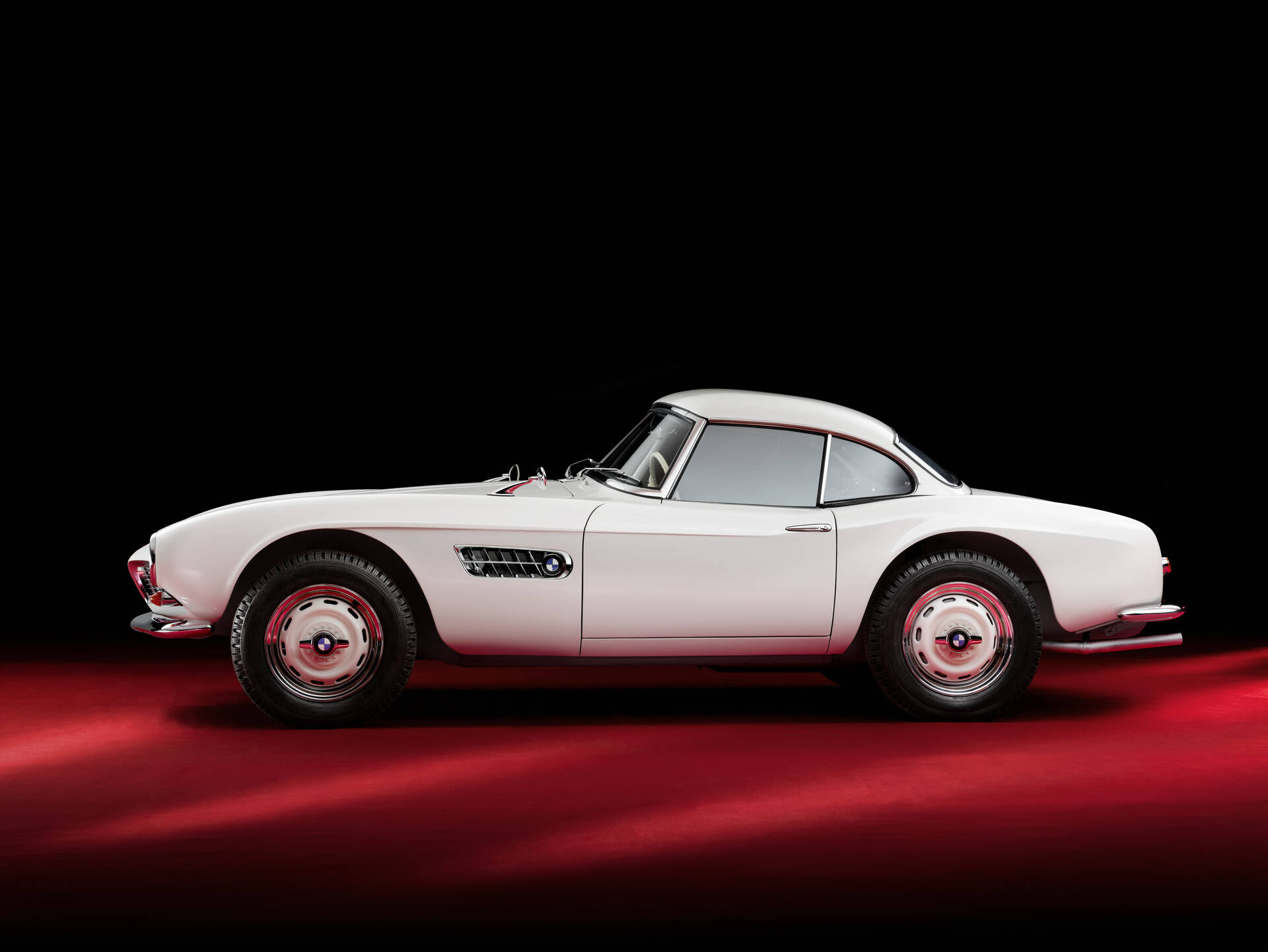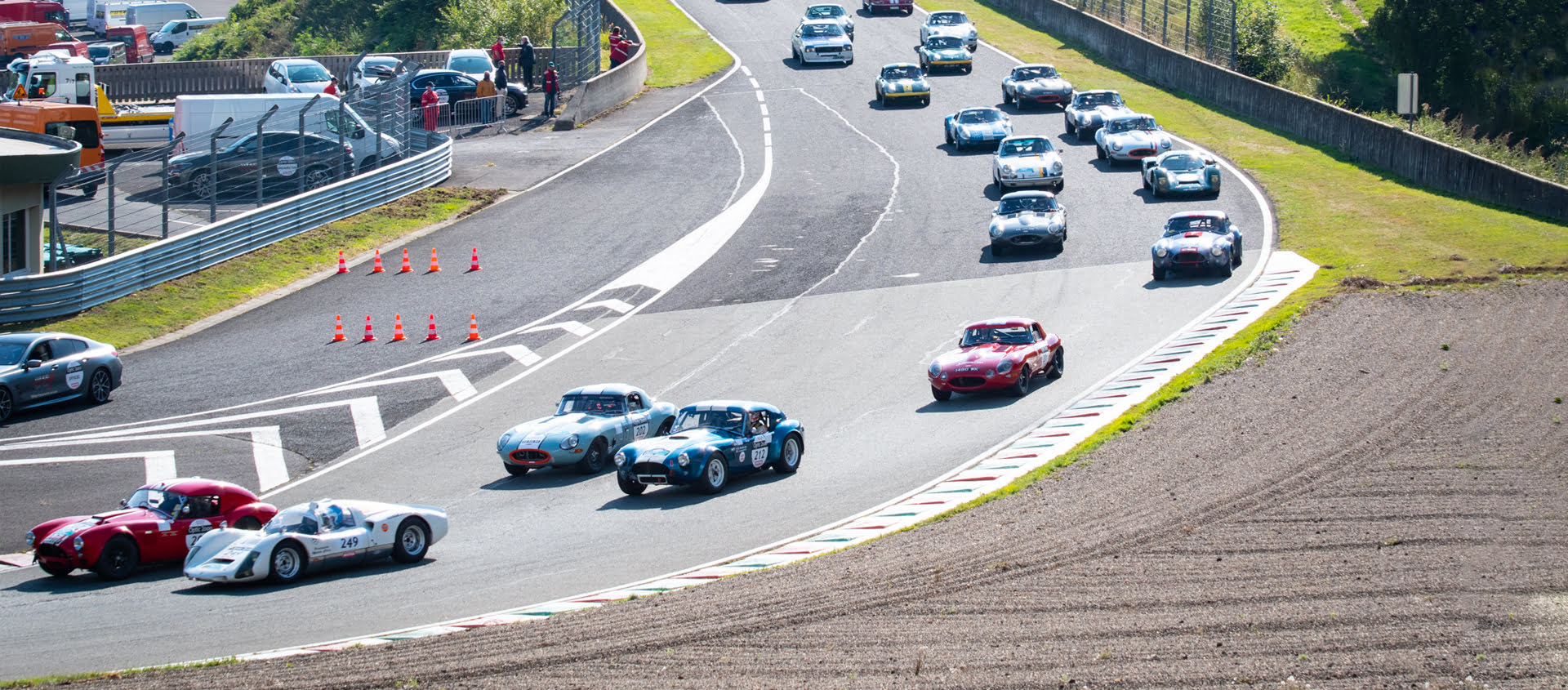Great artists on the track. The victory goes to BMW in any case
07 June 2020 2 min read 5 images

Brands find countless ways of earning renown, admiration, respect and love. Few, however, have the kind of clear-sightedness and vision necessary to occupy a sphere with such authoritativeness that their competitors are inevitably sidelined.
Register to unlock this article
Signing up is free and gives you access to hundreds of articles and additional benefits. See what’s included in your free membership. See what's included in your free membership.
Already have an account? Log In


